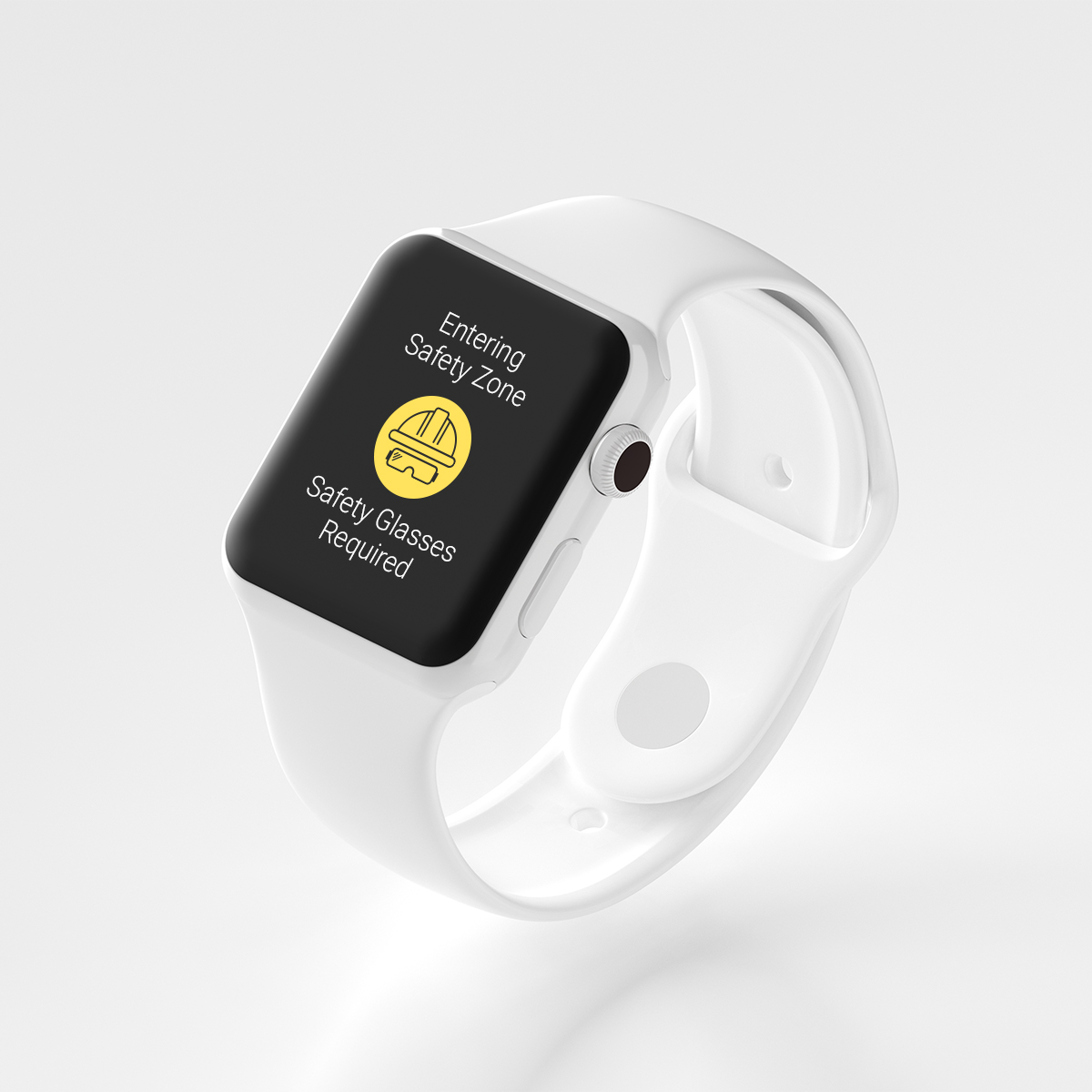TIBCO PortalBuilder Platform of Choice for Locus’s New Enterprise Portal Offering
PALO ALTO, Calif., 1 May 2006 — TIBCO Software Inc. (NASDAQ: TIBX), a leading business integration and process management software company that enables real-time business, today announced that Locus Technologies, the leader in on-demand environmental data management software and services, has selected TIBCO PortalBuilder® for the development and management of a new customer-facing portal offering.
Through its award-winning LocusFocus family of products and services, Locus Technologies provides a comprehensive suite of Web-based environmental information management applications to help companies meet the complex challenge of managing, sharing, and visualizing large sets of environmental information on demand. Using TIBCO PortalBuilder, the company plans to expand LocusFocus to include a new portal offering, to provide customers with a single point of access for viewing and analyzing large amounts of data consolidated in real-time from multiple environmental sites.
Using TIBCO PortalBuilder, the LocusFocus enterprise portal will include feature-rich user capabilities, including analytical data management and document control; storage and management; and Web-based remote sensing, control, and automation of treatment systems. By providing capabilities, such as visualization, document management, single sign-on and rolebased authorization in a unified platform, TIBCO will help Locus improve the overall customer experience, while simultaneously simplifying application and system management.
In addition, Locus will use TIBCO PortalBuilder to automate how their customers actually interact with, and perform environmental data management. The new enterprise portal will include features in which users can manage waste disposal, plan/schedule sampling events, generate reports, create maps of sites, and view other related documents, all within a consolidated, context-specific visual environment.
“Our goal is to lower our customers’ overall cost of remediation, while attaining the required cleanup objectives through the use of technology,” said Neno Duplancic, president and CEO, Locus Technologies. “TIBCO PortalBuilder was selected for its powerful ability to integrate systems, services, and processes in a way that’s also optimized for rapid deployment. In the past, our customers spent large amounts of consulting man hours searching for information.Now, they can spend that time analyzing and acting on their key environmental data—not looking for it—leading to faster and less expensive site closure, maintenance, and monitoring. We can now offer a single, unified system for managing environmental issues that’s easier for our customers to navigate and for us to manage.”
TIBCO PortalBuilder plays an integrated role in an enterprise service-oriented architecture by enabling easy assembly of composite applications that span multiple heterogeneous systems. Based on industry standards and utilizing intuitive configuration-based administration, TIBCO PortalBuilder enables organizations to rapidly develop and deploy portals without significant coding, ultimately reducing time, cost and risk.
“As more companies move to service-oriented architectures (SOA), the enterprise portal is becoming the face of the business,” said Ram Menon, senior vice president, Marketing and Strategy, TIBCO. “Companies that don’t ensure a consistent and positive user experience across applications will suffer the consequences of customer dissatisfaction. This is particularly true for the emerging environmental industry that is already data-intensive and will become even more so by introducing large volumes of data and analytics as it moves toward real- time monitoring and performing analytics in a geographic area across multiple customers. TIBCO PortalBuilder will help Locus to differentiate itself as one of the most customer-focused, innovative vendors in this emerging market.”
ABOUT TIBCO
TIBCO Software Inc. (NASDAQ:TIBX) is a leading business integration and process management software company that enables real-time business. Real-time business is about helping companies become more cost-effective, more agile and more efficient. TIBCO has delivered the value of real-time business, what TIBCO calls The Power of Now®, to over 2,500 customers around the world and in a wide variety of industries. For more information on TIBCO’s proven enterprise backbone, business integration, business process management, and business optimization solutions, TIBCO can be reached at +1 650-846-1000 or on the Web at www.tibco.com. TIBCO is headquartered in Palo Alto, CA.
TIBCO, the TIBCO logo, The Power of Now , TIBCO Software and TIBCO PortalBuilder are trademarks or registered trademarks of TIBCO Software Inc. in the United States and/or other countries. All other product and company names and marks mentioned in this document are the property of their respective owners and are mentioned for identification purposes only.

